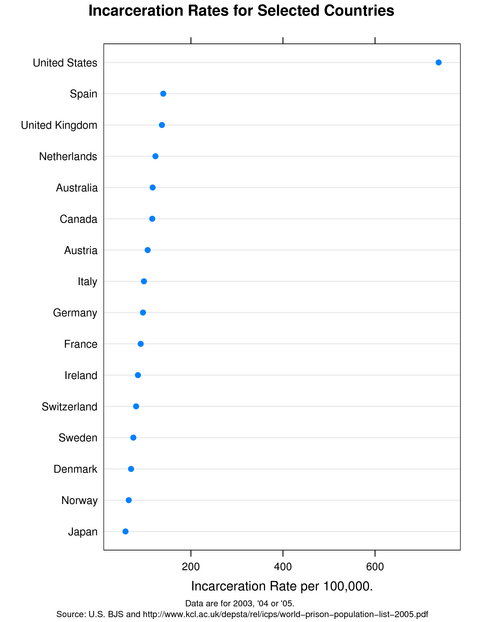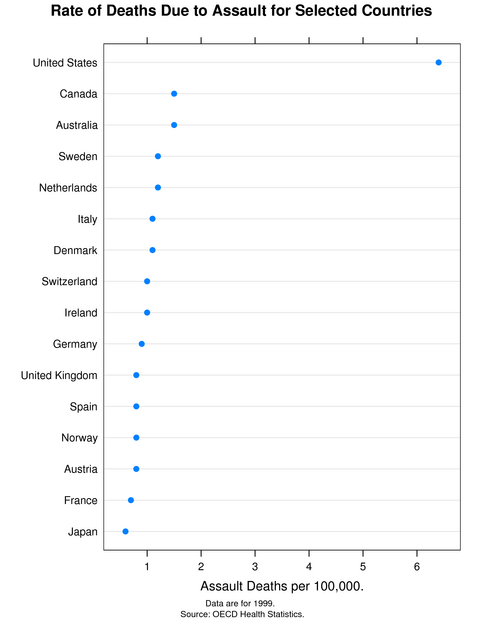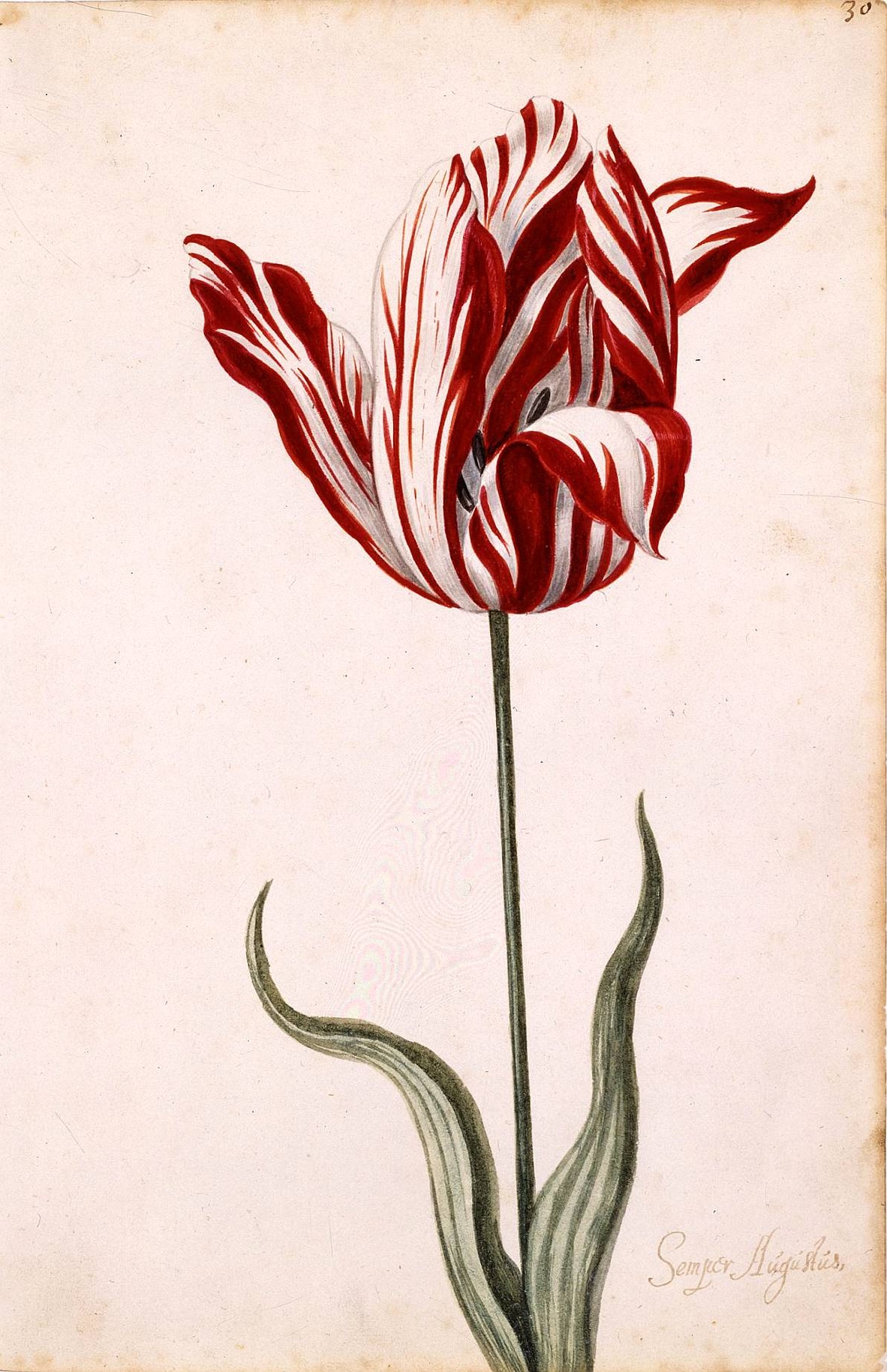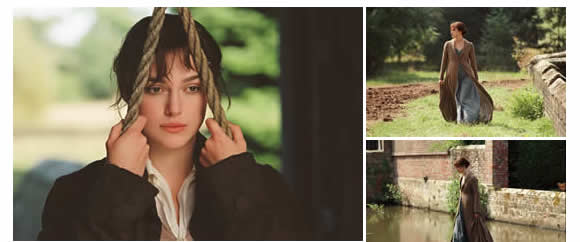
Somewhere along my path from green to grey I got over my absurd preference for writings by men written for grownups. Ursula LeGuin's
Earthsea series made a memorable milestone along the way, read aloud to my chicks for the music it made in my telling more than the wonderful pull of its coming-of-age plot lines. The historical fictions of Rosemary Sutcliff came later, a by-product of my connection to a team of children's literature catalogers.
She wrote of the warrior where Le Guin wrote of the mage and she re-created an actual past for her readers where Le Guin re-created an eternal present that never did or would exist. They both drew upon archeological and anthropological research, both made hauntingly beautiful stories, both were penetrating observers of people, places, and events. Of the school of Baron Secondat de Montesquieu and Sir Isaiah Berlin, they both showed little interest in deep probes of their characters' psyches, but rather celebrated cultural polarities and interconnections. LeGuin still does these things. Sutcliff died long ago.
Disabled, under-educated, often left to herself while young, she made herself into the author she became through an affection for Kipling and a passion, all her own, for research and writing.
I re-read her books: particularly the
Eagle of the Ninth series about late-Roman Britain, but they are (almost) all equally good.
It's
Eagle of the Ninth itself that I'm reading now. I picked it up again because my main (academic) reading now mostly requires a notebook, pencil, writing surface, and a fairly high level of alertness -- I'm reading about and trying to master
17th-century mathematics (such as
quartic equations and other algebraic complexities) and need something else to read when without notebook, pencil, writing surface, or alertness.
Eagle of the Ninth is an adventure story set in Roman Britain and the Britain that was beyond Roman control. Like most of Sutcliff's heroes, its main character is a warrior among warrior/hunters and among the dogs and horses that accompany them.
The narrative is engaging, rapid, with compelling twists and turns. Sutcliff, like Kipling, takes delight in the telling of a good story. But the book is also artful. Its observations are poetic and its imagery gives a hefty infrastructure to the plot. Sutcliff lets us see -- she's a marvelous observer -- but also hear, smell, and roundly experience the environments through which her characters pass.
Blossoms abound: a "little round stiff flower" on a knife sheaf, "garlands of late summer flowers" on womenfolk, a pot-bound rose-bush in a frontier fort, "the summer scent of thyme and rosemary;" as well as the trees and bushes of North Britain, particularly thorn: harsh and gently flowered, a barrier and a refuge. A knife has an "iron blade perfect in shape as a laurel leaf."
Birds soar; disturbed, they announce one's presence; their feathers adorn, but also symbolize flight and victory in war. The eagle of the book's title is its strongest symbol of the power that enables one culture to dominate another, of a personal continuity between father and son, and of the intangible bonds that link men who both oppose and respect one another.
Water flows, shimmers, forms barriers, enables connections. At one point her hero and his companion find themselves "on the crest of a steep ridge above the Western Ocean. It was an evening coloured like a dove's breast; a little wind feathered the shining water, and far out on the dreaming brightness many scattered islands seemed to float lightly as sleeping sea-birds. In the safe harbourage inshore, a few trading-vessels lay at anchor, the blue sails that had brought them from Hibernia furled as though they, too, were asleep. And to the north, brooding over the whole scene, rose [mount] Cruachan, sombre, cloaked in shadows, crested with mist - Cruachan, the shield-boss of the world."
The weather is eternally present in all its variability. To give one example: "Here in Britain the wind moaned through the desolate woods, the skies wept, and wet, gale-blown leaves pattered against the windows and stuck there, making little pathetic shadows against the steamy glass. There had been wild weather often enough in his own country, but that had been the wild weather of home: here was the wind and rain and wet leaves of exile."
Light and dark are as characters in the story, signifying gods and the faith of their worshipers -- people of the light and people of the dark, each with their own special value -- as in this description of a holy place: "They climbed steadily to the mountain saddle, and came dropping down on the seaward side. They traversed a steep glen and swung out along a ridge. Down again, and another steep climb, and suddenly they were on the lip of a wide upland valley running at an angle to the sea. It lay at their feet, already brimmed with shadows under a sky still webbed and washed with light that seemed to burst upward from the hidden sun; but at its head a great turf mound rose steeply, catching still a faint glow from the sunset on its thorn-crowned crest and the tips of the great standing stones that ringed it round like a bodyguard. Marcus had seen the long barrows of the Ancient People often enough before, but none had caught and held his awareness as this one did, at the head of its lonely valley, between the gold of the sunset and the silver of the new moon."
As Cruachan is "the shield-boss of the world," the shield-boss is itself the symbol of the ancient peoples of Britain whom Sutcliff's hero, Marcus, goes among and comes to understand in the fullness of their own way of life. Though they are his antagonists -- his quest is to take back from them a treasure they have captured in battle -- and though they pursue him to kill and re-capture, they are also his brothers.
Sutcliff repeats this theme of contrast and inter-connectedness repeatedly, often using the shield-boss as motif.
Here's the first use of the symbol, one of my favorite sections in all her books:
Marcus [Roman Centurion] leaned back, his hands behind his neck, ... 'Esca [a Briton, his companion], why do all the frontier tribes resent our coming so bitterly?' he asked on a sudden impulse. 'The tribes of the South have taken to our ways easily enough.'
'We have ways of our own,' said Esca. He squatted on one heel beside the bench. 'The tribes of the South had lost their birthright before ever the Eagles came in war. They sold it for the things that Rome could give. They were fat with Roman merchandise and their souls had grown lazy within them.'
'But these things that Rome had to give, are they not good things?' Marcus demanded. 'Justice, and order, and good roads; worth having, surely?'
'These be all good things,' Esca agreed. 'But the price is too high.'
'The price? Freedom?'
'Yes - and other things than freedom.'
'What other things? Tell me, Esca; I want to know. I want to understand.'
Esca thought for a while, staring straight before him. 'Look at the pattern embossed here on your dagger-sheath,' he said at last. 'See, here is a tight curve, and here is another facing the other way to balance it, and here between them is a little round stiff flower; and then it is all repeated here, and here, and here again. It is beautiful, yes, but to me it is as meaningless as an unlit lamp.' Marcus nodded as the other glanced up at him. 'Go on.'
Esca took up the shield which had been laid aside at Cottia's coming. 'Look now at this shield-boss. See the bulging curves that flow from each other as water flows from water and wind from wind, as the stars turn in the heavens and blown sand drifts into dunes. These are the curves of life; and the man who traced them had in him knowledge of things that your people have lost the key to - if they ever had it.' He looked up at Marcus again very earnestly. 'You cannot expect the man who made his shield to live easily under the rule of the man who worked the sheath of this dagger.'
'The sheath was made by a British craftsman,' Marcus said stubbornly. 'I bought it at Anderida when I first landed.'
'By a British craftsman, yes, making a Roman pattern. One who had lived so long under the wings of Rome - he and his fathers before him - that he had forgotten the ways and the spirit of his own people.' He laid the shield down again. 'You are the builders of coursed stone walls, the makers of straight roads and ordered justice and disciplined troops. We know that, we know it all too well. We know that your justice is more sure than ours, and when we rise against you, we see our hosts break against the discipline of your troops, as the sea breaks against a rock. And we do not understand, because all these things are of the ordered pattern, and only the free curves of the shield-boss are real to us. We do not understand. And when the time comes that we begin to understand your world, too often we lose the understanding of our own.'
For a while they were silent, ... then Marcus said, 'When I came out from home,. A year and a half ago, it all seemed so simple.' His gaze dropped again to the buckler on the bench beside him, seeing the strange, swelling curves of the boss with new eyes. Esca had chosen his symbol well, he thought: between the formal pattern on his dagger-sheath and the formless yet potent beauty of the shield-boss lay all the distance that could lie between two worlds. And yet between individual people, people like Esca and Marcus and Cottia, the distance narrowed so that you could reach across it, one to another, so that it ceased to matter.
Addendum: My copy of
Eagle of the Ninth is a student edition with historical introduction and study material published for use in schools in the provinces of Quebec and Saskatchewan.





 Three flat tires on my way to work. Actually the third occurred as I was trying to get back home. I failed to find the source of puncture the first two times. Didn't tempt fate. Took the car to work today. Take pride in having lost only 45 minutes of work time. (Ok, maybe 50 or 55.) The photo is not me, but shows what I probably look like in the same situation. I can remember when, years ago, I'd quickly fall into despair when things went wrong -- that or a helpless raging against fate. I'm more methodical and less emotional in my advanced maturity. But still, I have to guard against the mental blur that seems always to accompany adversity -- it's hard, for example, to
Three flat tires on my way to work. Actually the third occurred as I was trying to get back home. I failed to find the source of puncture the first two times. Didn't tempt fate. Took the car to work today. Take pride in having lost only 45 minutes of work time. (Ok, maybe 50 or 55.) The photo is not me, but shows what I probably look like in the same situation. I can remember when, years ago, I'd quickly fall into despair when things went wrong -- that or a helpless raging against fate. I'm more methodical and less emotional in my advanced maturity. But still, I have to guard against the mental blur that seems always to accompany adversity -- it's hard, for example, to 












 Chatsworth House - "Pemberley"
Chatsworth House - "Pemberley"  Groombridge Place used as "Longbourn" (notice the magnificent trees)
Groombridge Place used as "Longbourn" (notice the magnificent trees) Of the Longbourne transformation by Production Designer Sarah Greenwood, the
Of the Longbourne transformation by Production Designer Sarah Greenwood, the 


